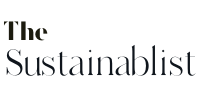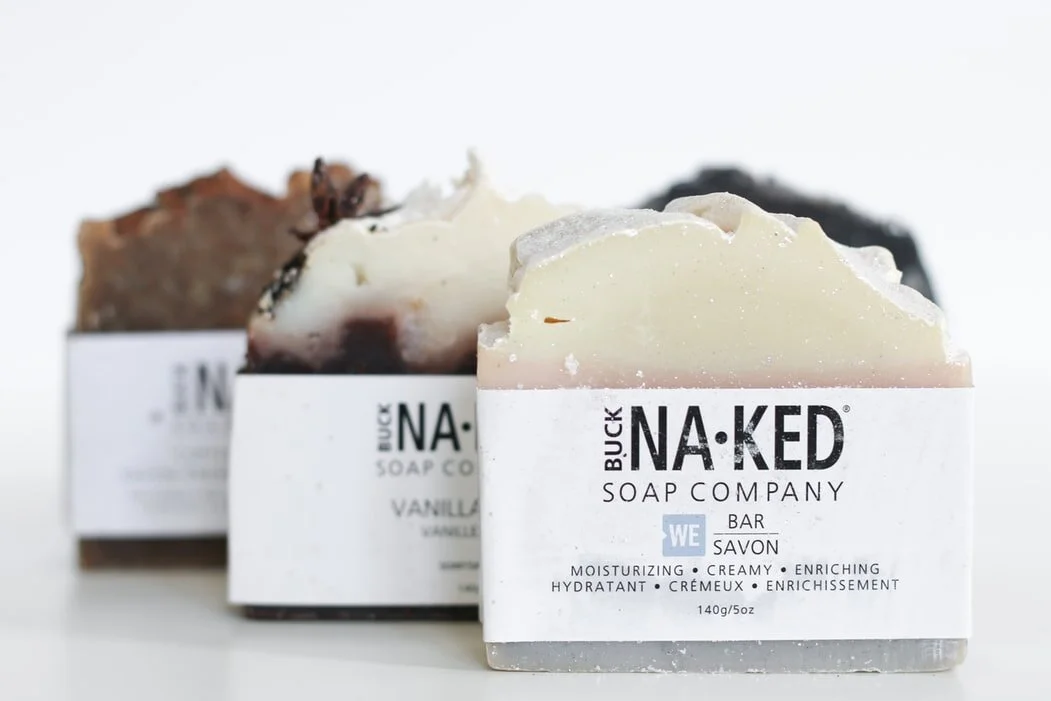How to create a sustainable beauty routine?
Organic, natural ingredients, vegan, cruelty-free, naked, recycled packaging… what should you have in mind if you want to create a more eco-friendly beauty routine?
Last summer the beauty industry was valued at $523 billion and was considered to be on a rapid upward trajectory, according to a report from the retail analytics firm Edited. Due to social media and influencers, it was never this easy to find out new products. Not to mention to have a honest and personal feedback on new product.
Due to the climate crisis, beauty brands are also becoming more transparent. As consumers are demanding more and more information about their products and production practices.
So… what should you have in mind when creating a more sustainable beauty routine?
Photo: Gabrielle Henderson (Unsplash)
Read the labels
Ok, let’s get this straight. Reading a product label can be hard work, especially when it comes to beauty products. Because most use the International Nomenclature of Cosmetic Ingredients (INCI), instead of the more common names that we’re actually familiar with. Like cocos nucifera oil, instead of coconut oil. Fortunately, for most of us, many brands include the most common designations within parentheses.
Before making a purchase take a look at the ingredients, google up their problems, see if it matches your needs and read (or watch) some reviews.
In case you spot some ingredients or formulas that you know you’re sensitive to, just put it back on the shelf. No matter how high end or praised that product is.
EcoCert certification
We all know that marketing strategies entice us to buy things we don’t need, under promises that their products won’t deliver. How many times have you bought a product that was a let down? Or that wasn’t as healthy as it promised?
As sustainability is gaining a place in everybody’s lives, brands are becoming aware of how profitable this can be for their business. Suddenly the world sustainable is starting to appear pretty much everywhere, but unfortunately it doesn’t mean that the product at hand is actually more sustainable than it used to be. This is called greenwashing.
So how can we solve this? Check if the product has a third party certification. Like EcoCert, for example. This organic certification organisation conducts inspections in over 80 countries.
What are the EcoCert standards? Environmental friendly production, natural origin, minimum 95% of the plants it contains are organic and at least 20% of the total formula are organic ingredients (10% for rinse-off products). They also value respectful processing practices towards human health, respect of biodiversity, absence of parabens, phenoxyethanol, perfumes, synthetic colorants and GMO. And at last but not the least, recyclable packaging.
Brands like Avril and Garnier BIO are quite affordable and have this kind of certification.
Photo: Content Pixie (Unsplash)
Minimum plastic package
As you might have noticed by now plastic is kind of a staple in the beauty industry. Yes, most of the shampoo or beauty care packages can be recycled. However, one of our biggest problems at the moment is that a very small amount of these packages is actually being recycled. Creating a major environmental problem.
As there are some parts in the packages that cannot be made out of recycled plastic (like pumps), some brands are trying to reduce their plastic use as much as possible.
The Ordinary and Detox Skinfood are two great and really affordable examples. Most of their product packaging is made of glass, with very little plastic. Even though some of The Ordinary products still have a 100% plastic package (like its moisturiser), it’s not the majority of their portfolio.
On the other hand, brands like LUSH have a recycle program. And if you return 5 containers back to the store, you’ll receive a fresh face mask as a reward.
Recycled packaging
Fortunately there are some brands using recycled plastic to create new packages for their products. In order to give a new life to packages that were already created and reducing their impact on the planet.
It’s the case of Love Beauty & Planet and Garnier Bio.
Photo: Good Soul Shop (Unsplash)
Reusable packaging
Even though this a really good scenario for the environment, it’s still far from becoming the reality for most brands.
But there are some interesting case studies. Benâmor, a Portuguese brand created back in 1925, offers the refillable option at their store in Lisbon. Offering a 10% discount to the users who return to the store to refill their packages.
Dr. Bronner’s, a very well-known brand among the zero waste community, offers the refillable option of their products at some sustainable lifestyle stores worldwide.
Zao beauty is also a great example. Besides the eco-friendly package, this brand allows most of their makeup products to be refilled.
Naked products
Nothing nasty here, I am just talking about products that doesn’t have any package. Solid shampoos and conditioners are the most common products in this category.
However, LUSH has a very complete beauty care and makeup line without any package. Unfortunately, most of the products are only available online.
What changes have you put into practice towards a more sustainable beauty routine? Feel free to share your experience with us.










